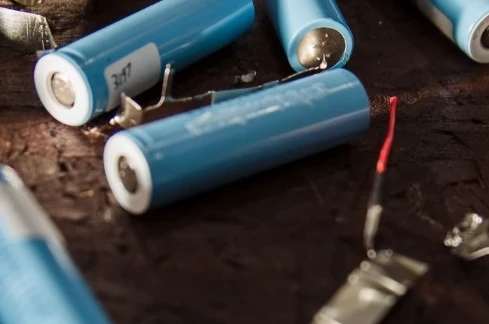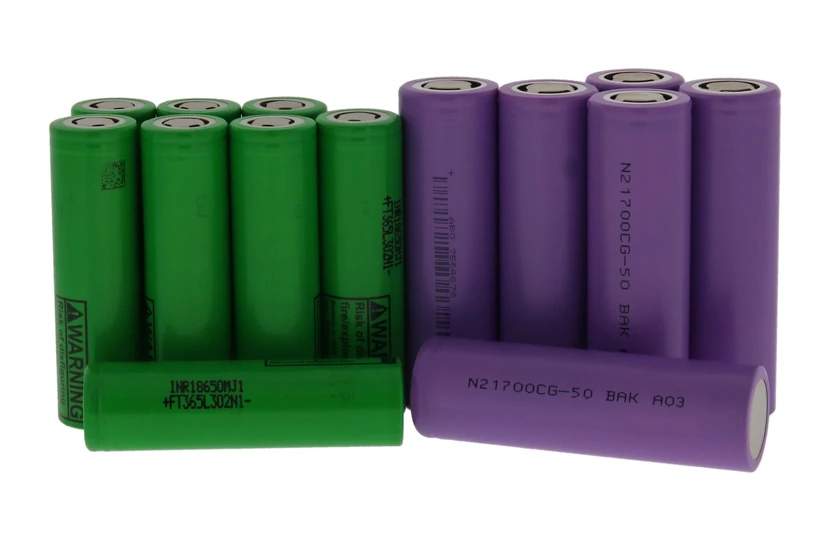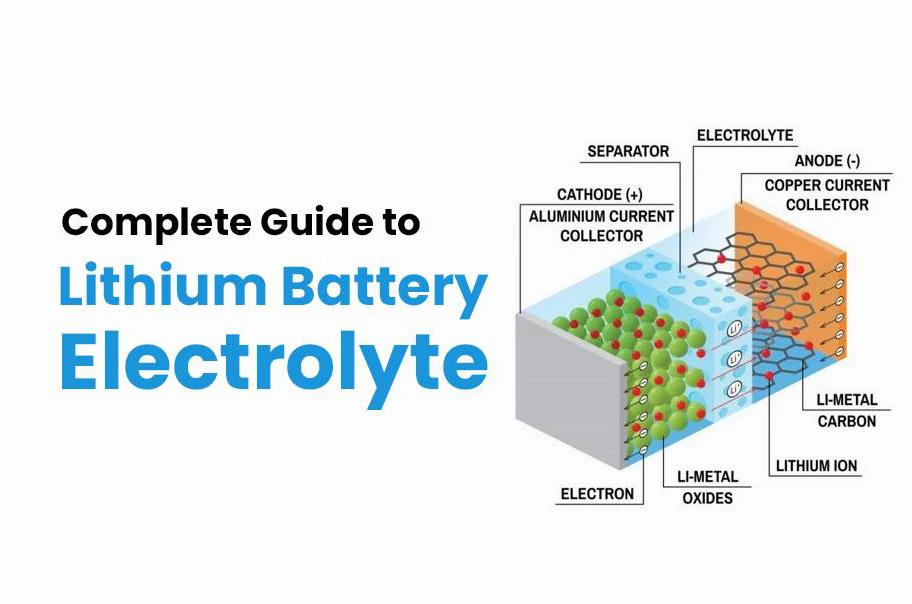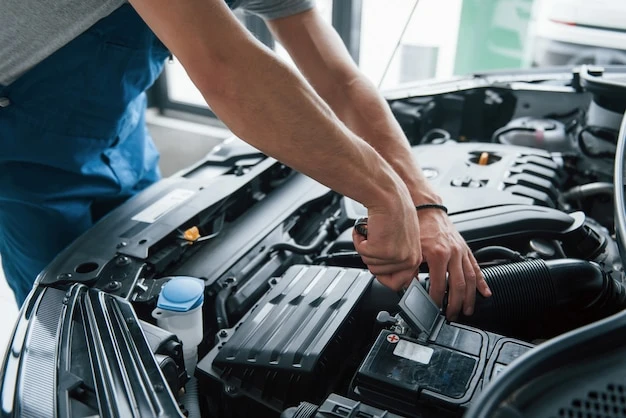
Powering Healthcare: Innovations in Medical Device Battery Technology
Introduction As healthcare continues to integrate technology, the demand for reliable and innovative power solutions grows. Medical devices are at the forefront of this evolution, requiring advanced battery technologies to ensure efficiency and reliability. This article explores the latest innovations in medical device battery technology, highlighting their significance in the


















